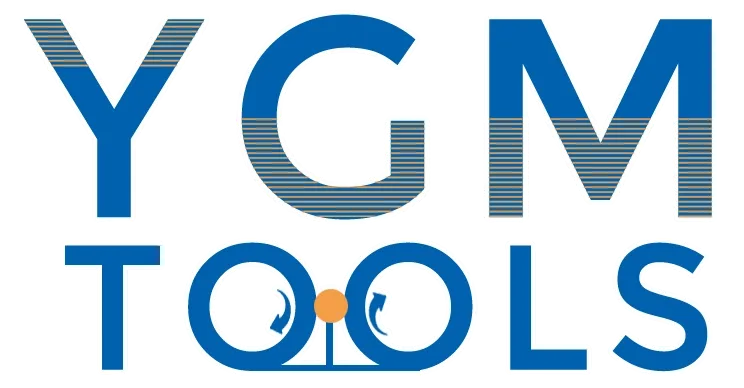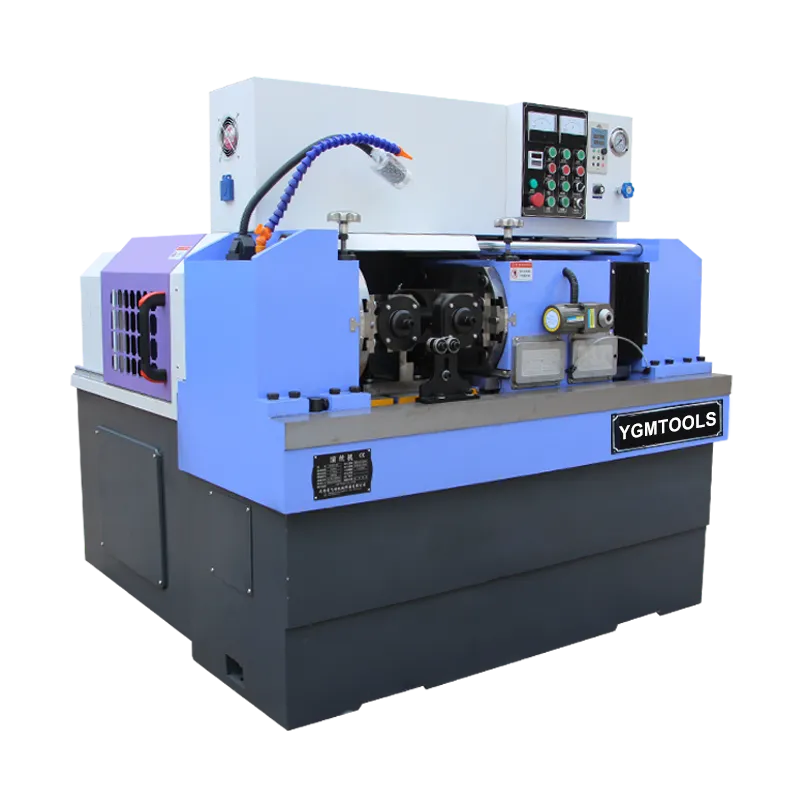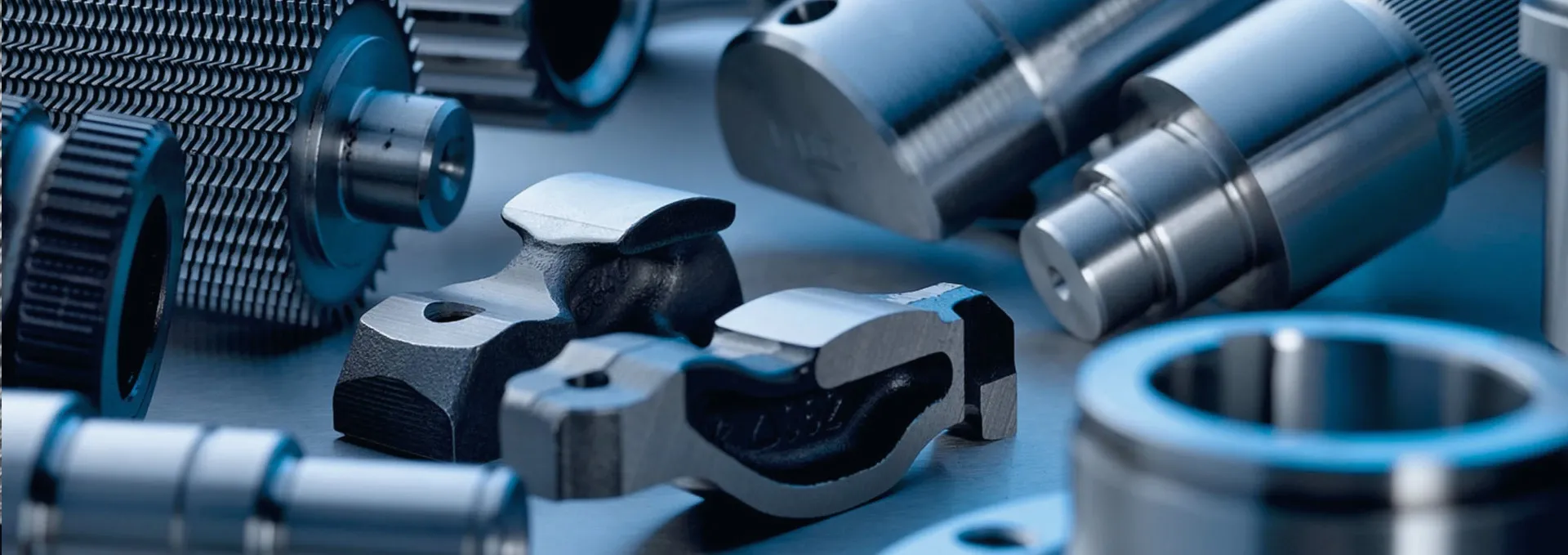
-
 Afrikaans
Afrikaans -
 Albanian
Albanian -
 Amharic
Amharic -
 Arabic
Arabic -
 Armenian
Armenian -
 Azerbaijani
Azerbaijani -
 Basque
Basque -
 Belarusian
Belarusian -
 Bengali
Bengali -
 Bosnian
Bosnian -
 Bulgarian
Bulgarian -
 Catalan
Catalan -
 Cebuano
Cebuano -
 Corsican
Corsican -
 Croatian
Croatian -
 Czech
Czech -
 Danish
Danish -
 Dutch
Dutch -
 English
English -
 Esperanto
Esperanto -
 Estonian
Estonian -
 Finnish
Finnish -
 French
French -
 Frisian
Frisian -
 Galician
Galician -
 Georgian
Georgian -
 German
German -
 Greek
Greek -
 Gujarati
Gujarati -
 Haitian Creole
Haitian Creole -
 hausa
hausa -
 hawaiian
hawaiian -
 Hebrew
Hebrew -
 Hindi
Hindi -
 Miao
Miao -
 Hungarian
Hungarian -
 Icelandic
Icelandic -
 igbo
igbo -
 Indonesian
Indonesian -
 irish
irish -
 Italian
Italian -
 Japanese
Japanese -
 Javanese
Javanese -
 Kannada
Kannada -
 kazakh
kazakh -
 Khmer
Khmer -
 Rwandese
Rwandese -
 Korean
Korean -
 Kurdish
Kurdish -
 Kyrgyz
Kyrgyz -
 Lao
Lao -
 Latin
Latin -
 Latvian
Latvian -
 Lithuanian
Lithuanian -
 Luxembourgish
Luxembourgish -
 Macedonian
Macedonian -
 Malgashi
Malgashi -
 Malay
Malay -
 Malayalam
Malayalam -
 Maltese
Maltese -
 Maori
Maori -
 Marathi
Marathi -
 Mongolian
Mongolian -
 Myanmar
Myanmar -
 Nepali
Nepali -
 Norwegian
Norwegian -
 Norwegian
Norwegian -
 Occitan
Occitan -
 Pashto
Pashto -
 Persian
Persian -
 Polish
Polish -
 Portuguese
Portuguese -
 Punjabi
Punjabi -
 Romanian
Romanian -
 Russian
Russian -
 Samoan
Samoan -
 Scottish Gaelic
Scottish Gaelic -
 Serbian
Serbian -
 Sesotho
Sesotho -
 Shona
Shona -
 Sindhi
Sindhi -
 Sinhala
Sinhala -
 Slovak
Slovak -
 Slovenian
Slovenian -
 Somali
Somali -
 Spanish
Spanish -
 Sundanese
Sundanese -
 Swahili
Swahili -
 Swedish
Swedish -
 Tagalog
Tagalog -
 Tajik
Tajik -
 Tamil
Tamil -
 Tatar
Tatar -
 Telugu
Telugu -
 Thai
Thai -
 Turkish
Turkish -
 Turkmen
Turkmen -
 Ukrainian
Ukrainian -
 Urdu
Urdu -
 Uighur
Uighur -
 Uzbek
Uzbek -
 Vietnamese
Vietnamese -
 Welsh
Welsh -
 Bantu
Bantu -
 Yiddish
Yiddish -
 Yoruba
Yoruba -
 Zulu
Zulu
custom thread rolling machine setup
Setting Up a Custom Thread Rolling Machine A Comprehensive Guide
Thread rolling is a crucial process in the manufacturing industry, widely used to create strong and precise threads on metal components. A custom thread rolling machine is an excellent investment for businesses looking to enhance production efficiency and maintain high quality. However, proper setup is key to ensuring optimal performance. This article provides a detailed guide to setting up a custom thread rolling machine effectively.
1. Understanding the Machine Components
Before you begin the setup process, it’s important to familiarize yourself with the various components of the thread rolling machine. Key parts include the roller dies, the feed mechanism, the machine frame, and the control panel. Understanding how these components function together will help to ensure a smooth setup and operation.
2. Preparing the Work Area
A clean and organized work area is essential for setup. Ensure the machine is placed on a flat, sturdy surface with adequate space for operatives to work around it. Check for any obstructions that might interfere with the machine's operation or accessibility.
3. Installation of the Machine
Follow the manufacturer's manual for installation instructions to ensure proper alignment and assembly. Secure all bolts and connections, and check the electrical connections to ensure safety and functionality. Make sure that the machine is leveled properly to avoid vibrations during operation.
4. Adjusting Roller Dies
The specification of the roller dies is crucial for achieving the desired thread profile and dimensions. Based on the requirements of your project, select the appropriate roller dies and install them according to the machine's manual. Adjust the dies to ensure they are aligned correctly, as misaligned dies can lead to subpar threading and increased wear on the machine.
custom thread rolling machine setup

5. Setting Feed Rates
Adjusting the feed rate is critical for ensuring that the material is rolled consistently and according to desired specifications. Consult production guidelines to determine the optimal feed rates. Too fast a feed rate can lead to incomplete threads, while too slow may decrease productivity.
6. Testing the Setup
Once you have installed the machine and adjusted the necessary components, it’s time to run a series of test operations. Use scrap material to verify that the machine is functioning properly. Check the thread dimensions and surface finish against your specifications.
7. Calibration and Fine-Tuning
After initial testing, make any necessary adjustments to the roller pressure and feed rates. Precision is key in thread rolling, so fine-tuning these settings will help achieve the desired results. Continual calibration based on the material being used will yield optimal outcomes.
8. Safety First
Always prioritize safety during the setup and operational phases. Ensure that all safety mechanisms are engaged and that all operators are equipped with appropriate personal protective equipment.
In conclusion, setting up a custom thread rolling machine requires careful planning and execution. By understanding the components, preparing the workspace, and making necessary adjustments, manufacturers can ensure efficient and effective production. With proper setup, a thread rolling machine can significantly enhance the quality of threaded components, leading to greater customer satisfaction and business success.
